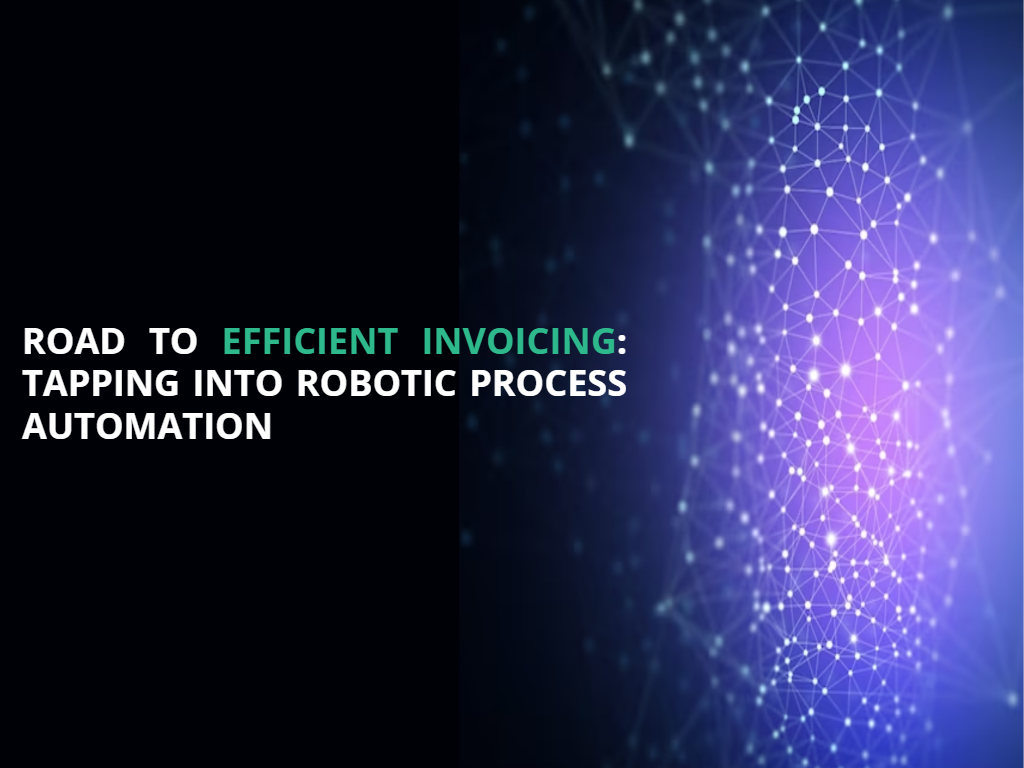Road to Efficient Invoicing: Tapping into Robotic Process Automation
When it comes to the practical implementation of RPA, your company can face many business and technical challenges. That’s why RPA implementation always implies a procuring strategy of automating the processes one by one.

In the busy world of the XY Company, piles of invoices came in every day. These invoices showed the company's success, but they also pointed out a problem. They were growing fast, and the old way of handling invoices just wasn't working anymore.
The team at XY Company wanted to keep their good relationship with their vendors and didn't want any late payments. They had to figure out a better way to handle the invoices. Just hiring more people wasn't the right solution because invoices can be complex and need careful attention.
They had a new idea. What if they used Robotic Process Automation (RPA)? RPA is like having a super-efficient computer assistant. This virtual helper could understand the complicated parts of the invoices using machine learning. This solution seemed like it could solve their problem for a long time without constantly needing more people.
However, new ideas can be hard to put into action. XY Company knew they needed help, so they asked Lexunit, a top company in this field, to guide them. With Lexunit's knowledge, the company was able to create a super-smart invoice system. This new system did the job four times faster than people did before. And the best part? Vendors were happy because they got paid on time.
Now, let's dive a bit deeper into this magic called RPA.
RPA: The Ultimate Computer Helper
When we hear "Robotic Process Automation," we might think of robots doing human jobs. But RPA is different. It's like having a computer program that can do boring tasks without getting tired or making mistakes.
Imagine you had a helper who was always ready, never made mistakes, and could work all day and night. This helper could do things like input data, make reports, and even talk to customers. That's what RPA is.
Why Companies Should Think About Using RPA
Using RPA has lots of benefits:
- Saves Time: No wasting time on boring tasks.
- Saves Money: Making fewer mistakes means saving money.
- Happy Employees: People can do more interesting jobs.
- Can Grow with Your Company: As your company grows, RPA can handle more work.
Getting Started with RPA
If you're thinking about using RPA, here are some steps to help:
- Know Your Business: Understand what tasks your company does every day.
- Find Tasks for RPA: Not every task is right for RPA. Pick the best ones.
- Plan the Automation: Decide what the RPA should do and what the result should be.
- Talk to Experts: Discuss your plan with RPA experts. They can give good advice.
- Update Your Process: Based on what's possible, you might need to change your plan a bit.
- Keep Improving: RPA is an ongoing process. Always look for ways to make it better.
RPA and Machine Learning: A Winning Team
RPA becomes even more powerful when combined with machine learning. This mix helps companies get ahead because it can adapt and get smarter over time.
In Conclusion: Looking Forward with RPA
The digital world is always changing, and companies need to keep up. RPA is not just a nice-to-have tool; soon, every company will need it. It doesn’t only make tasks easier but helps people do their best work.
If you’re thinking of starting this journey, Lexunit can help. With their expertise, the path to using RPA becomes clear and easy.
In case of inquiry please reach out here!

